The EU’s Product Environmental Footprint initiative and the potential impacts on international trade
Trade Perspectives by Fratini Vergano, European lawyers, Issue No. 20 of 6 November 2015 (via email); In relevant part, the Commission’s initiative intends to remedy to the following problems: (i) the lack of a common definition of ‘green product’; (ii) the unnecessary costs for businesses caused by the proliferation of footprint methods, as well as the impact on the free movement of products that such proliferation stands to have; and (iii) the lack of consumers’ trust in ‘green claims’ which, according to the Commission and the OECD’s “Environmental Claims – Findings and Conclusions of the OECD Committee on Consumer Policy” are “becoming more superficial and vague in their use of terminology”. The PEF has thus been conceived as a method to measure life cycle environmental impacts, based, according to the EU Commission, on existing LCA approaches and international standards. The PEF methodology requires that Product Environmental Footprint Category Rules (hereinafter, PEFCRs) be developed to allow comparison of environmental performances between similar products (i.e., products within the same ‘product category’, which is defined as group of products, including services, that can fulfil equivalent functions), and to ensure that environmental performance is quantified in the same way for similar products. The three-year pilot phase has been conceived....Pilots have been established in sectors such as information technology equipment, leather, photovoltaic electric generation and a range of food and drink products, such as pasta, olive oil, coffee, dairy, meat, fish and wine, inter alia. The PEFCRs resulting from the pilot phase will become the product rules valid under the PEF, to be used by all stakeholders in the sector in the EU or internationally who decide to measure the performance of their products based on PEF......
The TBT Agreement allows WTO Members to adopt measures that result in technical barriers to trade directed (inter alia) at the protection of the environment. However, it also requires that such technical regulations be non-discriminatory, be based on science and be not more trade-restrictive than necessary to achieve the legitimate objective sought..... The EU has already applied or proposed comparable classification and grading systems in sectors such as biofuels, with the establishment of default values for purposes of the calculation of greenhouse gas emissions savings under the Fuel Quality Directive and the Renewable Energy Directive and the Indirect Land Use Change factors....it remains to be seen which factors will be considered for the determination of the PEFCRs, what will be the recommended or required use of the PEF and the PEFCRs (e.g., labelling, incentives, premiums), and whether any such future framework would result in better conditions of competition for certain products of domestic or foreign origin.
Trade Perspectives by Fratini Vergano, European lawyers, Issue No. 20 of 6 November 2015 (via email); In relevant part, the Commission’s initiative intends to remedy to the following problems: (i) the lack of a common definition of ‘green product’; (ii) the unnecessary costs for businesses caused by the proliferation of footprint methods, as well as the impact on the free movement of products that such proliferation stands to have; and (iii) the lack of consumers’ trust in ‘green claims’ which, according to the Commission and the OECD’s “Environmental Claims – Findings and Conclusions of the OECD Committee on Consumer Policy” are “becoming more superficial and vague in their use of terminology”. The PEF has thus been conceived as a method to measure life cycle environmental impacts, based, according to the EU Commission, on existing LCA approaches and international standards. The PEF methodology requires that Product Environmental Footprint Category Rules (hereinafter, PEFCRs) be developed to allow comparison of environmental performances between similar products (i.e., products within the same ‘product category’, which is defined as group of products, including services, that can fulfil equivalent functions), and to ensure that environmental performance is quantified in the same way for similar products. The three-year pilot phase has been conceived....Pilots have been established in sectors such as information technology equipment, leather, photovoltaic electric generation and a range of food and drink products, such as pasta, olive oil, coffee, dairy, meat, fish and wine, inter alia. The PEFCRs resulting from the pilot phase will become the product rules valid under the PEF, to be used by all stakeholders in the sector in the EU or internationally who decide to measure the performance of their products based on PEF......
The TBT Agreement allows WTO Members to adopt measures that result in technical barriers to trade directed (inter alia) at the protection of the environment. However, it also requires that such technical regulations be non-discriminatory, be based on science and be not more trade-restrictive than necessary to achieve the legitimate objective sought..... The EU has already applied or proposed comparable classification and grading systems in sectors such as biofuels, with the establishment of default values for purposes of the calculation of greenhouse gas emissions savings under the Fuel Quality Directive and the Renewable Energy Directive and the Indirect Land Use Change factors....it remains to be seen which factors will be considered for the determination of the PEFCRs, what will be the recommended or required use of the PEF and the PEFCRs (e.g., labelling, incentives, premiums), and whether any such future framework would result in better conditions of competition for certain products of domestic or foreign origin.


